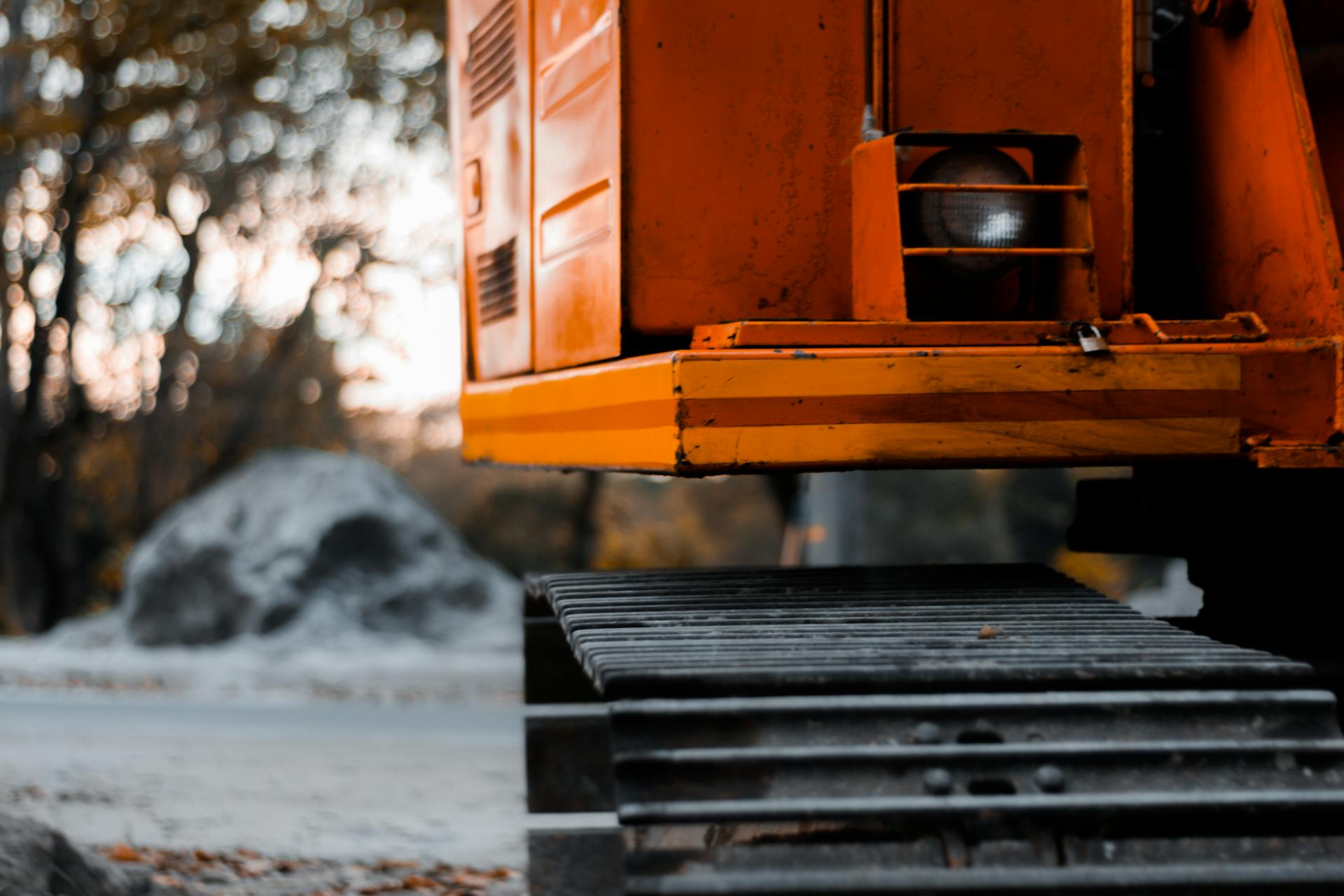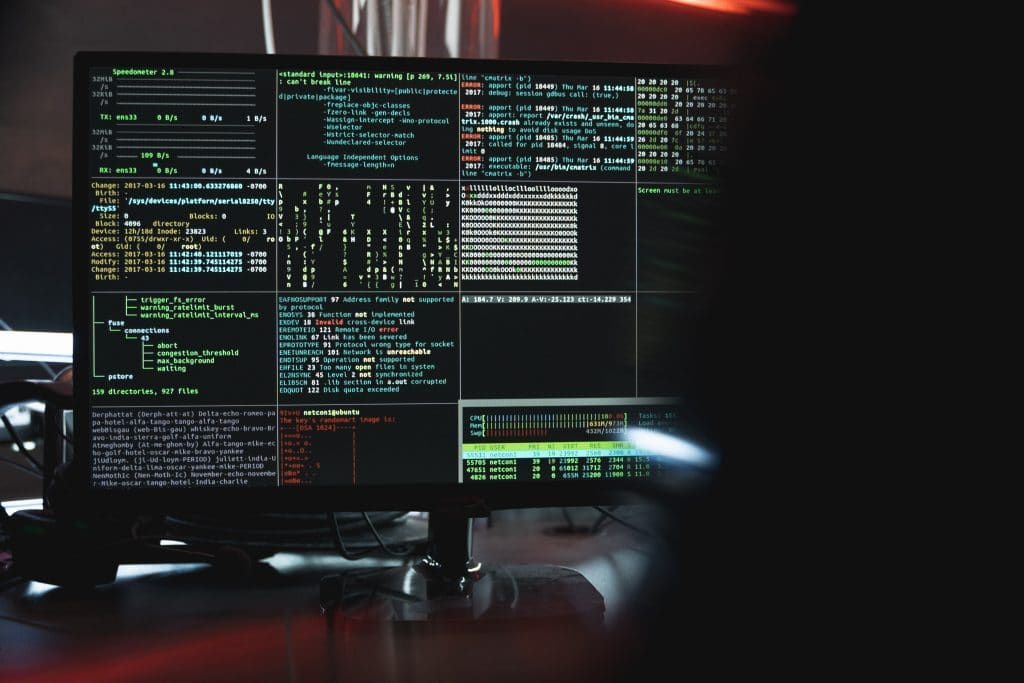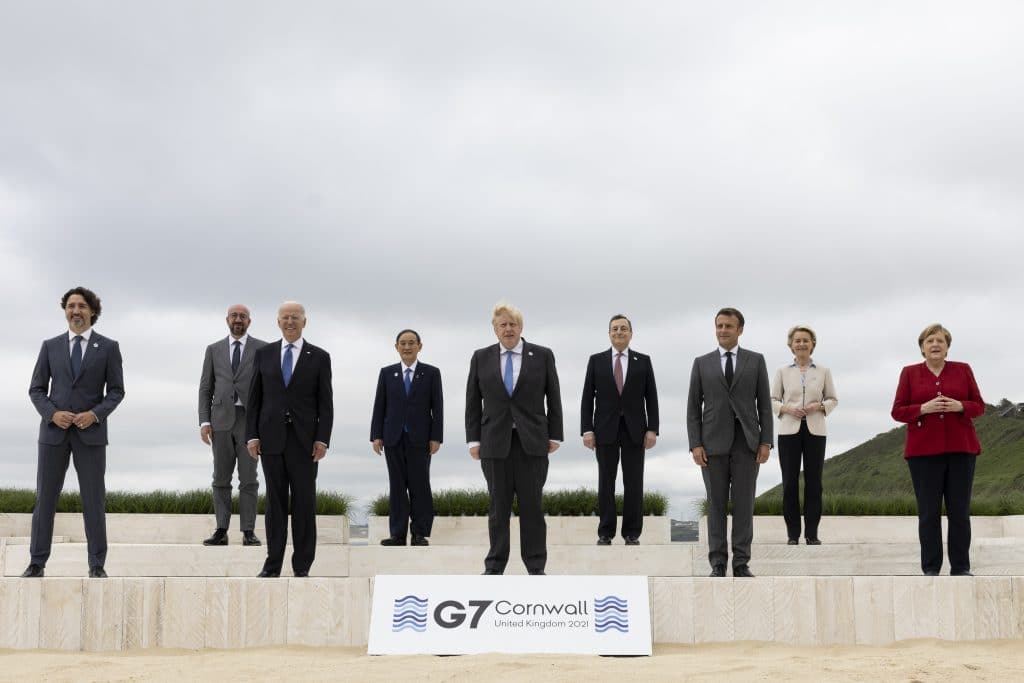The US and Australia have signed a $13 (US$8.5) billion deal for rare earth and critical minerals in a market nearly completely dominated by China.
The deal signed overnight by Prime Minister Anthony Albanese and US President Donald Trump in Washington DC will accelerate a pipeline of priority projects in Australia.
Both countries will spend at least $1.53 (US$1) billion on developing the $13bn pipeline of priority critical minerals projects in Australia and US over the next six months.
“We’ve agreed (that) Australia and America are going to make more things together with our historic framework on critical minerals,” he says.
“Australia is home to much of the periodic table of critical minerals and rare earth metals that are vital for defence and other advanced technologies.”
WHAT IS RARE EARTH?
Rare earth refers to 17 soft heavy metals used to make electrical and electronic components, lasers, glass, magnetic materials, and industrial processes. Rare-earth metals are not rare but are dispersed and difficult to extract commercially. They differ to critical minerals, which are materials considered of strategic or economic importance to different countries.
Two of those projects were identified by the Australian Government.
- The first is the Alcoa-Sojitz Gallium Recovery Project in Wagerup, Western Australia: Australia is offering up to $306 (US$200) million in below market rate finance for the project with the right of offtake (a guaranteed minimal purchase of) while the US will also invest in it, also with a right of offtake.
This project alone is expected to provide up to 10% of the total global supply of gallium, which is essential for defence and semiconductor manufacturing. Japan is also a partner in the project and has paid 50% of project costs to date.
Alcoa expects the plant to produce 100 metric tonnes of gallium annually
“Alcoa has been a strong contributor to the American and Australian economies and welcomes the opportunity to support both nations in progressing a new source of gallium,” said Alcoa president and CEO William Oplinger.
“The investment support from the US and Australian governments underscores Alcoa’s role in supporting the development of the critical mineral supply chain, and the importance of our Australian operations not only to the aluminium industry, but also as key to manufacturing, technology, and defence industries.”
Gallium is naturally present in bauxite, the raw material used to produce alumina, and extracted during the refining process, Alcoa says.
China reportedly controls 94% of global gallium production and has tightened its control over supply; China is also the world’s largest aluminium producer (60% of global supply).
Alcoa is looking at starting production next year.
- The second project is the Arafura Nolans plant in the Northern Territory. Australia will buy $153 (US$100) million of shares in the project which should produce 5% of global rare earths, essential for energy security and defence. The government has already spent more than $1 billion on the plant, located south of Alice Springs.
A US-Australia group will be set up to identify priority minerals and supply vulnerabilities and to develop a plan to accelerate delivery of processed minerals.
EARLIER CRITICAL MINERALS STORY: Australia-first plant set for Townsville






